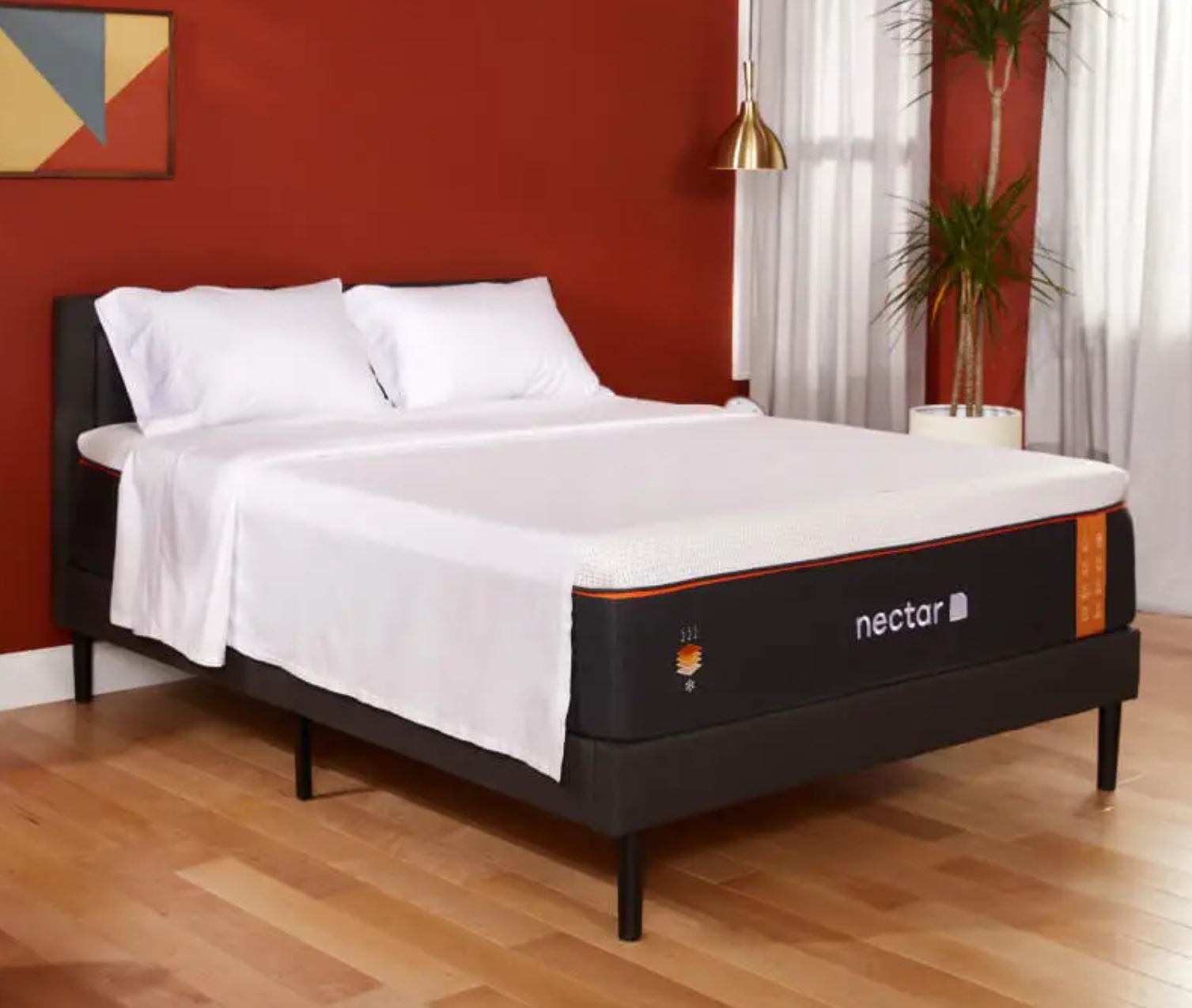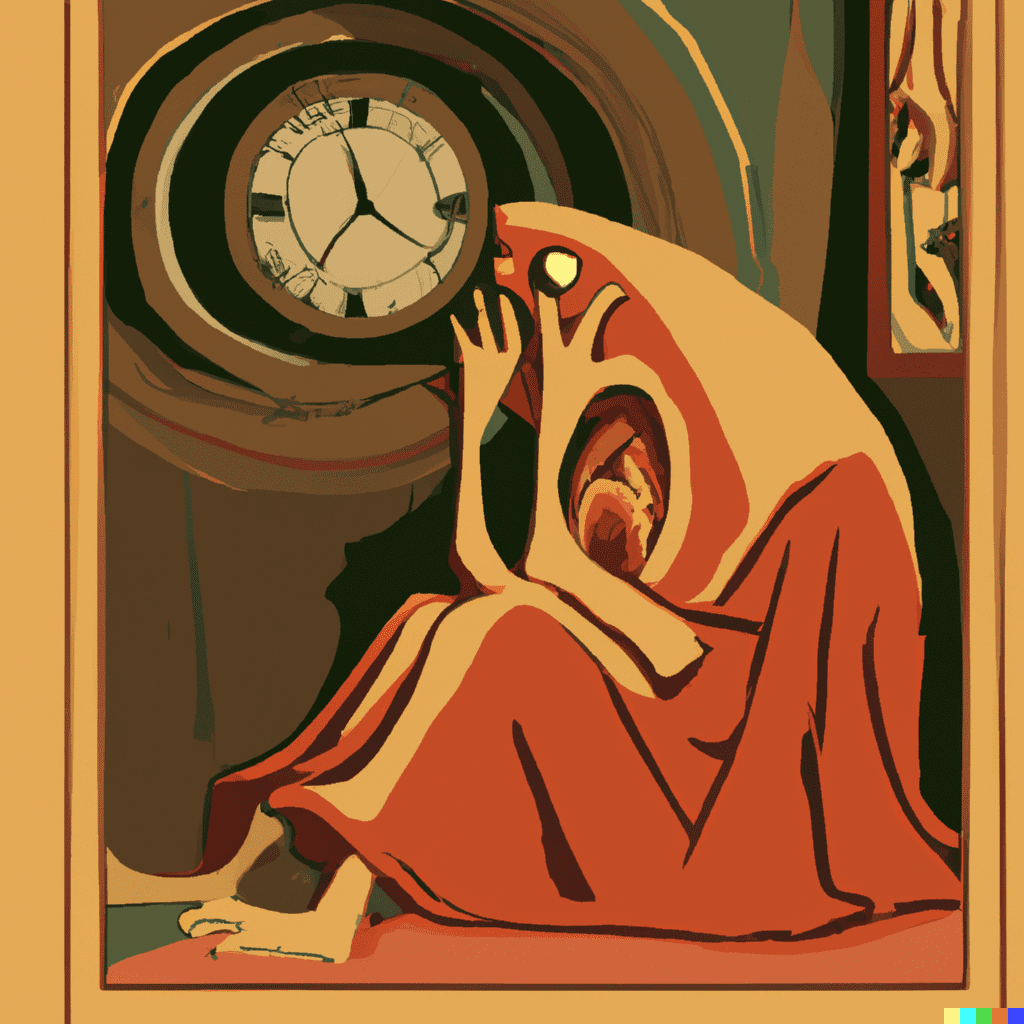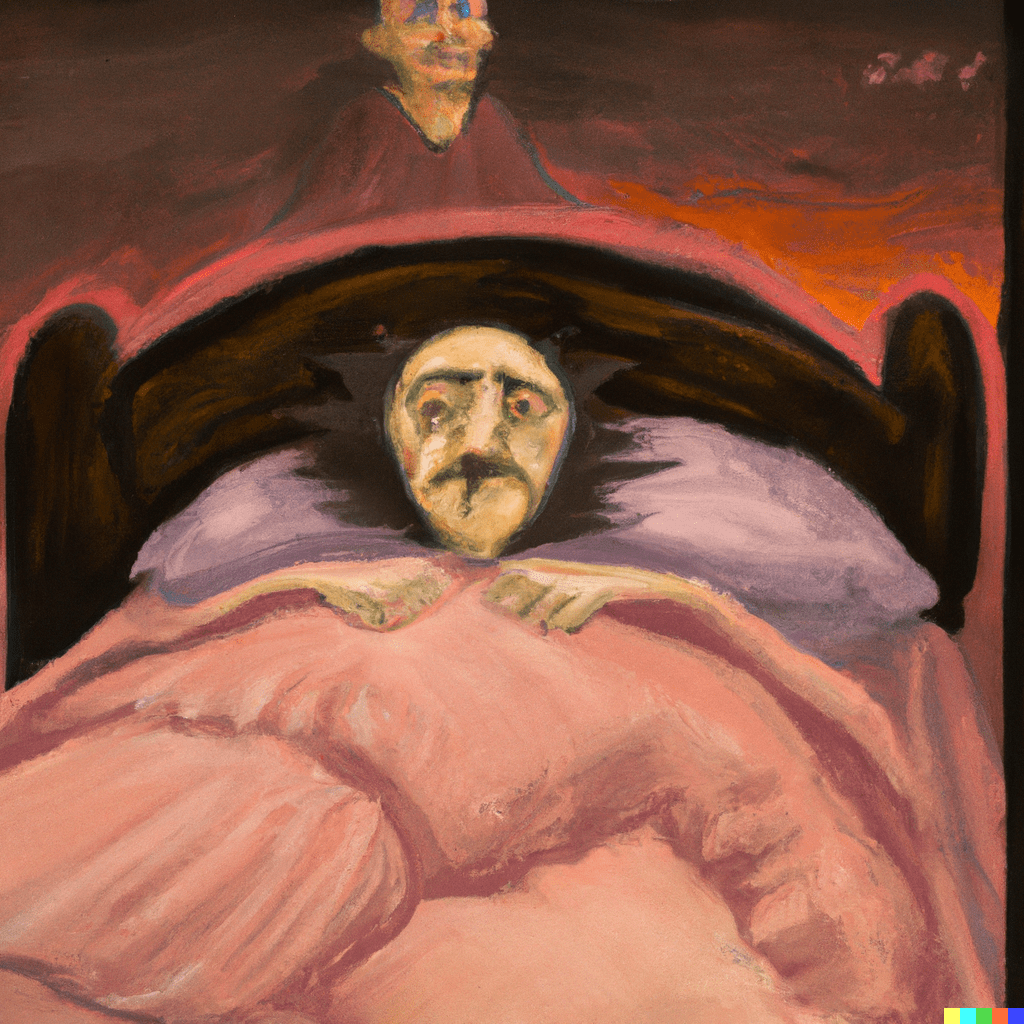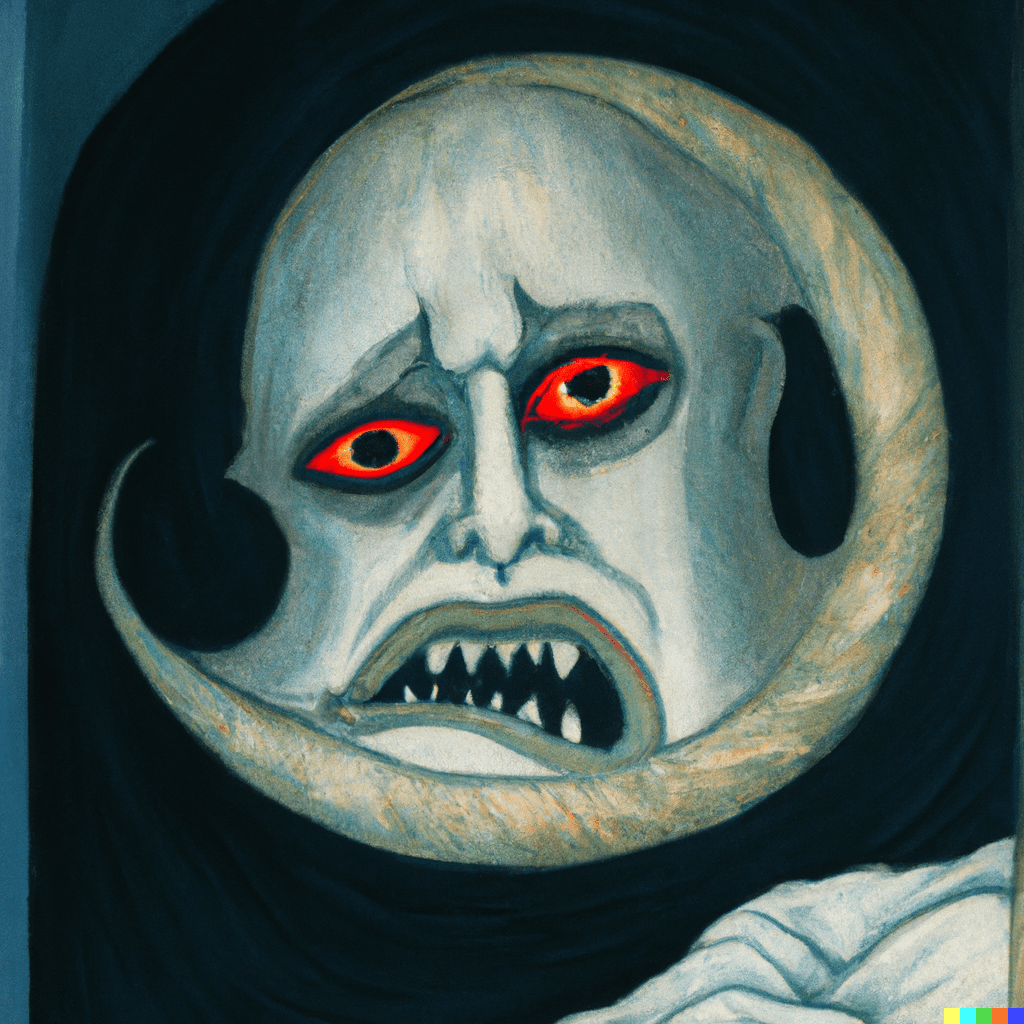The Nectar Mattress is one of the most popular online mattress brands. Known for its incredible value, feel and industry-leading 365 night home trial. You can now try all 3 models of the
Check out our review of the new and improved
Original Nectar Mattress
Quilted Cool Cover
Conk out cool with this soft, breathable poly-blend cover featuring heat wicking, cooling technology.
Nectar Smart Layer
Cuddle every joint and curve with 3 inches of cushy high-density, pressure-relieving gel memory foam.
Dynamic Support Layer
Get tailored bounce-back with 2 inches of dynamically adjusting foam. Get the support your body needs to relax into a deep sleep.
Stay-Stable Base layer
This sturdy 7-inch layer of standard foam ensures the comfort and support layers above it perform at their best.
Shift-Resistant Lower Cover
No slip-and-slide here. Your mattress stays together, no matter how much you jump on it.
Nectar Premier Mattress
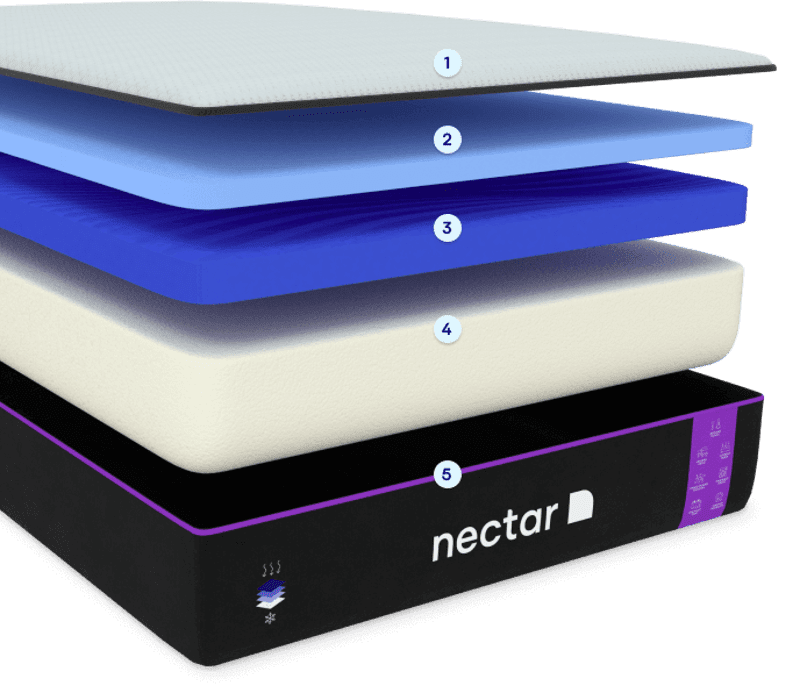
Quilted Cool Cover
Conk out cool with this soft, breathable poly-blend cover featuring heat wicking, cooling technology.
Nectar Smart Layer With ActiveCool HD
Zonk out in a temperature-responsive oasis, with a 3-inch layer of gel-infused memory foam with phase-change material. (Designed in labs to react to your rising and dropping body temperatures, auto-adjusting to your temperature as you sleep.)
Dynamic Support Layer
Get tailored bounce-back with 3 inches of dynamically adjusting foam. Get the support your body needs to relax into a deep sleep.
Stay-Stable Base Layer
This sturdy 7-inch foam layer ensures the comfort and support layers above it perform at their best.
Shift-Resistant Lower Cover
No slip-and-slide here. Your mattress stays together, no matter how much you jump on it.
Nectar Premier Copper Mattress

Quilted Cool Cover With Copper And Sleep Fabric Tech
Conk out cool with this soft, breathable poly-blend cover featuring heat-conductive copper fibers alongside other heat wicking, cooling technology for a cool-to-the-touch sensation.
Nectar Smart Layer With ActiveCool HD
Phase-changing material dynamically adapts to your sleep temp, while 4 inches of cushy, pressure-relieving gel memory foam cuddles every curve and joint. So you zonk out in a temperature-responsive oasis.
Dynamic Support Layer
Get tailored bounce-back with 1 inch of dynamically adjusting foam. This support layer gives you what your body needs to relax into a deep sleep.
Stay-Stable Base Layer
This sturdy 9-inch bottom layer of foam ensures the comfort and support layers above it perform at their tip-top best.
Shift-Resistant Lower Cover
No slip-and-slide here. Your mattress stays together, no matter how much you jump on it.
When you visit the Yawnder Showroom, our staff will help you select the right model for you. If for some reason you don’t like the feel of the
Visit Yawnder San Diego
Call us at (858)-232-5760
We are conveniently located off Miramar Rd. in San Diego
1441 Encinitas Blvd. Suite 116, Encinitas, CA 92024


